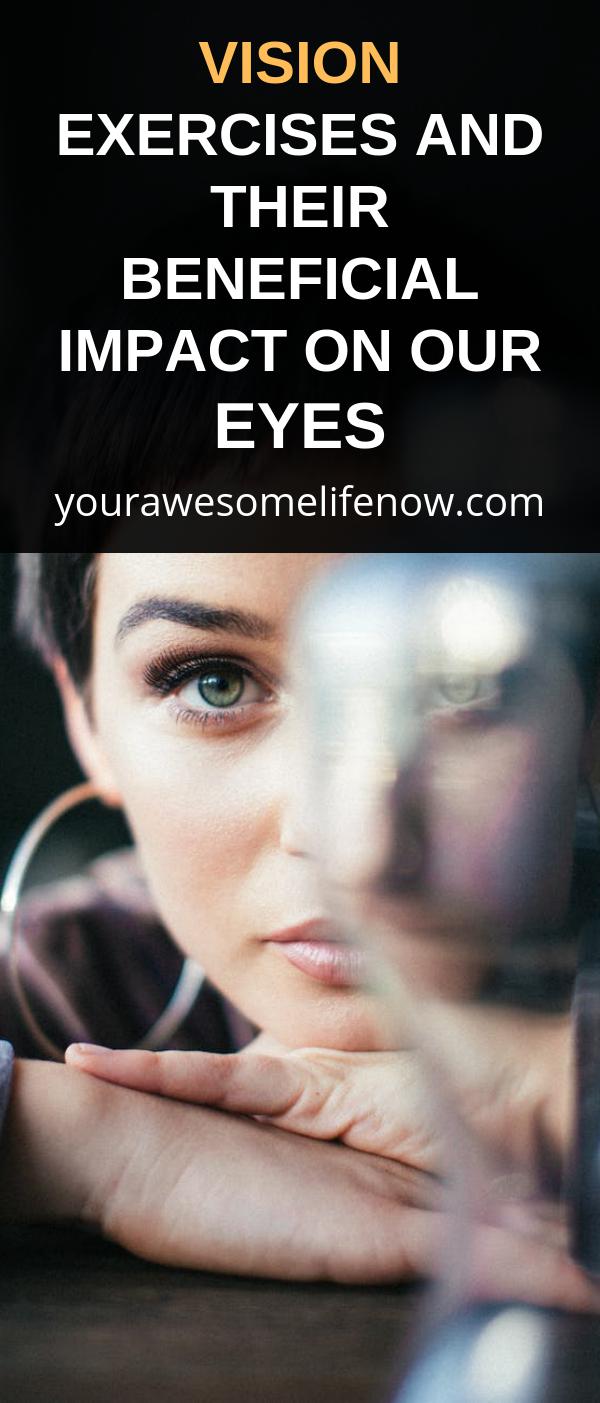When you say to improve your eyesight, are you thinking of reading or seeing things clearly? This may be true for some people, but for most people, it is a little bit more complex. Some people find that the help of glasses or contact lenses is necessary, but many others find that they need to do something else to improve their eyesight. The good news is that improving your eyesight is not all that difficult if you just know what to do.
One thing that you can do that will have a significant effect on how much you improve your eyesight is vision exercises. These can be done with any of a number of different exercises. I recommend these because they have proven to produce the greatest results.

Some of these activities are used as part of a distance learning process. Many of these activities require the learner to be able to move around the room in an effort to see the entire room at one time. If this is the case with your student, then you might consider engaging them in some of these tasks.
These activities tend to involve some sort of fixation on certain objects in the room. This can include something as simple as moving a piece of paper to another spot in the room. For example, if the student is studying and his/her attention is focused on a whiteboard, it would be OK to use the whiteboard to draw something on the floor (the way you would normally practice drawing).
As long as the students make some sort of effort to change eye movements in an effort to improve the clarity of the image he/she sees, the effort should be a positive one. It is important to note that eye movement is important for reading and seeing things clearly, but is less important for what we call distance vision.
Another reason for wanting to make some of these activities easier for the students is because some students might find themselves struggling with the tasks. Some students will struggle with moving around the room while others might find themselves unable to focus their eyes on a whiteboard. When this happens, the chances are that they will be less effective than those who do not have difficulties with these tasks.
Many students, especially the ones who have slower eye-hand coordination skills, will benefit from going through some of these activities. This means that some students may not be as fast or as alert as others. If you notice that your students seem to struggle with one of these tasks, then this could be a great time to give them a push.
The exercise that can be most effective is probably the one that has been called the fast ring or mirror. In this type of activity, students are required to move their hands in a circular motion while their eyes are exposed to a transparent ring. Because the eyes are not focused on anything, in particular, the student is not distracted by any movement that is happening around them.
When students do this exercise, they are better able to read or focus on objects and places without looking away. They will also learn to keep their eyes on the ring without being distracted. In addition, this exercise will be a good way to train students to be more aware of their depth perception.

The next exercise that will have a positive impact on distance reading is called the distant line reading. In this situation, students are asked to try to concentrate on a stationary object and read without taking the eyes off the object. This can be more difficult than the distant line reading because the student will need to take a mental picture of the object they are focusing on and keep their eyes on the picture as they read.
When students go through the training exercises described above, they will have improved their ability to see at a distance. For students who need some additional help to improve their eyesight, a teacher might ask them to read a book in dim light. This helps the students develop the skills needed to improve their distance vision, a skill that will be used by many students in the classroom, and when they are working with others.





